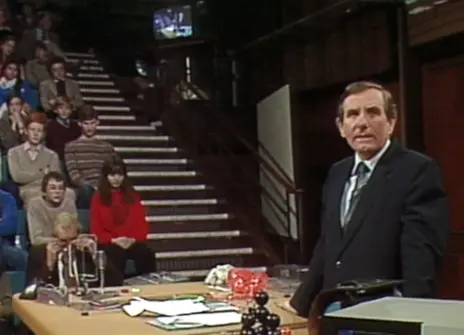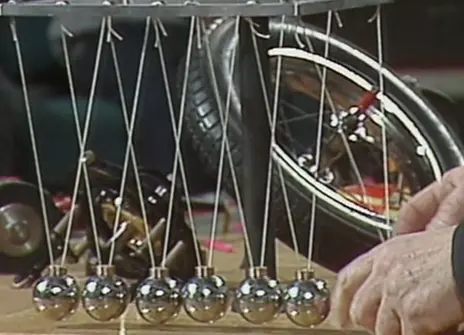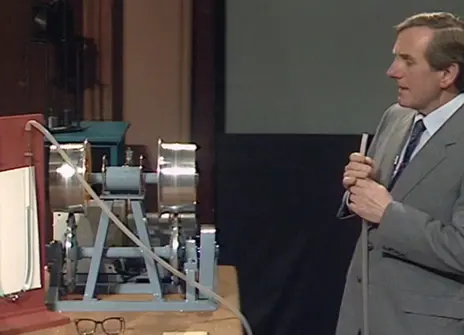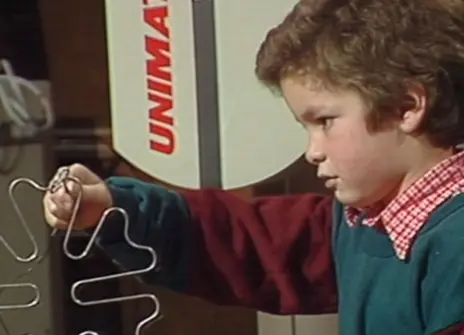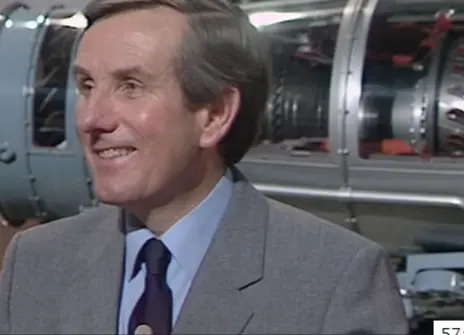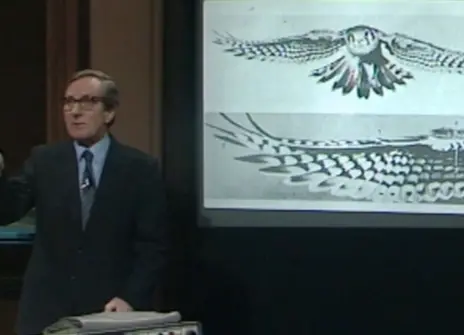Lecture 6 – Living machines
From the 1983 lecture programme:
Nature's designs of living machines vary enormously, not least in their means of propulsion. We shall explore some of the fascinating solutions to problems of animal locomotion on the land, sea and in the air, and we shall look in particular at how our understanding of human locomotion contributes to the growing and important subject of biomechanics. How do we walk, for example? What are the forces on our various joints? Such questions must be answered before a satisfactory artificial hip joint can be designed and made, and we shall see how bioengineering contributes to the solutions. We shall also look at the ways in which devices to aid the disabled are being developed, and investigate some of the workings of our neuromuscular controls.
About the 1983 CHRISTMAS LECTURES
From the 1983 lecture programme:
The world is full of movement it may be fast or slow, short-lived or long, simple or complicated. In the realms of nature, living creatures have developed astonishingly varied means of locomotion to propel themselves on land, in the sea and in the air. And in engineering, we have learned how to make machines, usually involving motion of one kind or another, for many useful purposes. All depend on the same physical basis of motion. Many famous men have contributed to our understanding of the subject, whether the motion is on the large scale as in the heavens, or on the small scale as in the atom; many others have developed machines that can move faster, further or more accurately; some have done both. In these lectures, we shall be looking at the ways in which our knowledge of the subject continues to grow. We shall also explore how it is being used to extend the extraordinary variety of machines created for our use and convenience. In the future as in the past, it will be the task of the engineer to discover new ways of doing things and to invent, design and make the new machines. All our experience suggests there are exciting prospects ahead that as yet we can hardly imagine.

